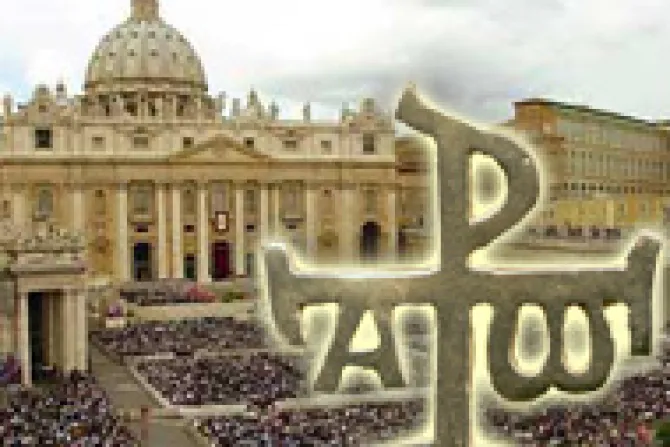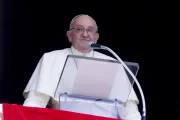Response: Christ 'established here on earth' only one Church and instituted it as a 'visible and spiritual community', that from its beginning and throughout the centuries has always existed and will always exist, and in which alone are found all the elements that Christ himself instituted. 'This one Church of Christ, which we confess in the Creed as one, holy, catholic and apostolic. ... This Church, constituted and organized in this world as a society, subsists in the Catholic Church, governed by the successor of Peter and the Bishops in communion with him'.
Third Question: Why was the expression 'subsists in' adopted instead of the simple word 'is'?
Response: …It comes from and brings out more clearly the fact that there are 'numerous elements of sanctification and of truth' which are found outside her structure, but which 'as gifts properly belonging to the Church of Christ, impel towards Catholic Unity.'
In fact the Spirit of Christ has not refrained from using them as instruments of salvation, whose value derives from that fullness of grace and of truth which has been entrusted to the Catholic Church.
Fourth Question: Why does the Second Vatican Council use the term 'Church' in reference to the oriental Churches separated from full communion with the Catholic Church?
Response: The Council wanted to adopt the traditional use of the term. 'Because these Churches, although separated, have true sacraments and above all - because of the apostolic succession - the priesthood and the Eucharist, by means of which they remain linked to us by very close bonds,' they merit the title of 'particular or local Churches,' and are called sister Churches of the particular Catholic Churches.
(Story continues below)
Subscribe to our daily newsletter
Fifth Question: Why do the texts of the Council and those of the Magisterium since the Council not use the title of 'Church' with regard to those Christian Communities born out of the Reformation of the sixteenth century?
Response: According to Catholic doctrine, these Communities do not enjoy apostolic succession in the sacrament of Orders, and are, therefore, deprived of a constitutive element of the Church.



